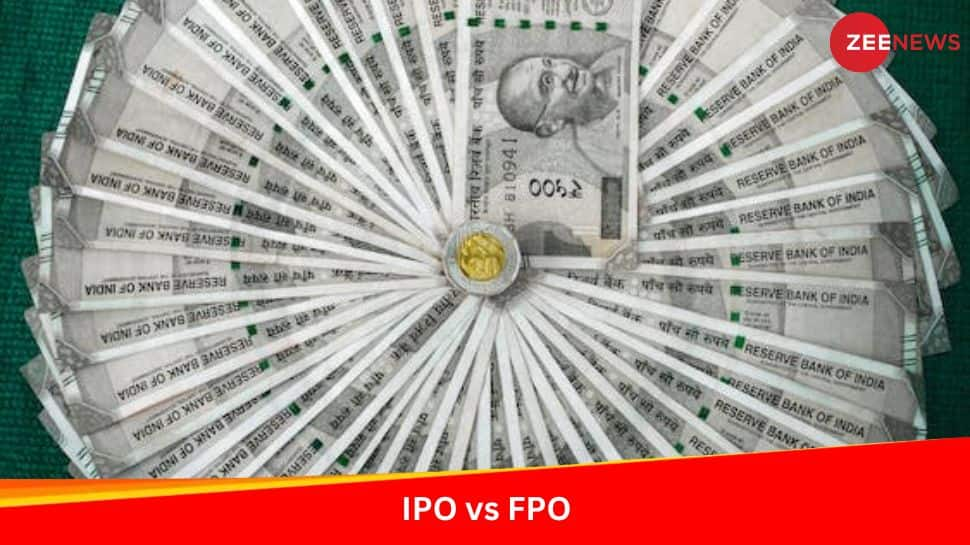
New Delhi: Investing within the inventory market affords people avenues to develop their wealth and take part within the development of corporations. Two main strategies of investing in shares are Initial Public Offerings (IPOs) and Follow-on Public Offerings (FPOs). While each contain buying shares, they’ve distinct traits and serve totally different functions.
What Are IPOs?
An Initial Public Offering (IPO) marks the primary time a privately owned firm affords its shares to the general public. Prior to going public, the corporate’s shares are usually held by founders, traders, and workers.
Through an IPO, the corporate sells its shares to traders, thereby elevating capital. The funds acquired from the sale are sometimes used to increase operations or repay money owed.
What Are FPOs?
Follow-on Public Offerings (FPOs), however, contain buying shares which might be already publicly traded. These shares are listed on inventory exchanges just like the Bombay Stock Exchange, and their costs fluctuate based mostly on demand and provide dynamics.
Differences Between IPO And FPO
One vital distinction between IPOs and FPOs lies of their goal. IPOs are often issued by privately-owned corporations to lift capital for enlargement and development, whereas FPOs could also be issued to additional increase the corporate or bolster its fairness base.
Additionally, the pricing mechanisms for IPOs and FPOs differ, with IPO share costs being mounted or set inside a particular vary, whereas FPO share costs are sometimes demand-driven.
Risk Factors
Investing in shares all the time carries dangers, however the degree of danger varies. FPOs usually entail decrease danger since traders have entry to essential details about the corporate’s efficiency and funds, enabling them to make extra knowledgeable selections.
Both IPOs and FPOs present alternatives for people to put money into the inventory market. However, they differ by way of the issuing course of, pricing mechanisms, and related danger elements.
Source: zeenews.india.com



